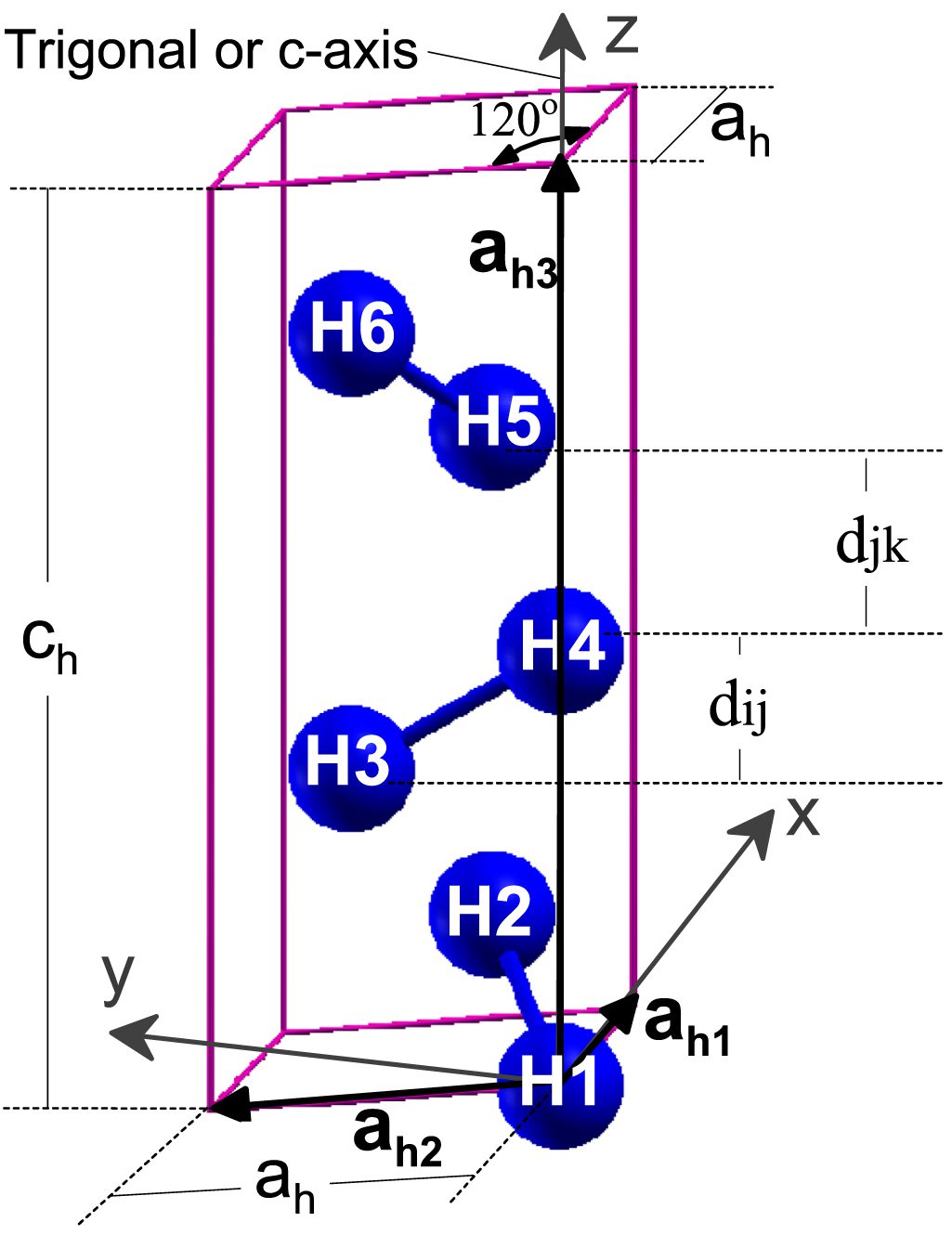New Publication: A closer look at how symmetry constraints and the spin–orbit coupling shape the electronic structure of Bi (111)
The accepted manuscript, which includes authors Marisol Alcántara Ortigoza and Talat S. Rahman, has been published in Journal of Physics: Condensed Matter. Read the publication here: https://doi.org/10.1088/1361-648x/acfb67.
